Clade Monocots Rank Species | Clade Angiosperms | |
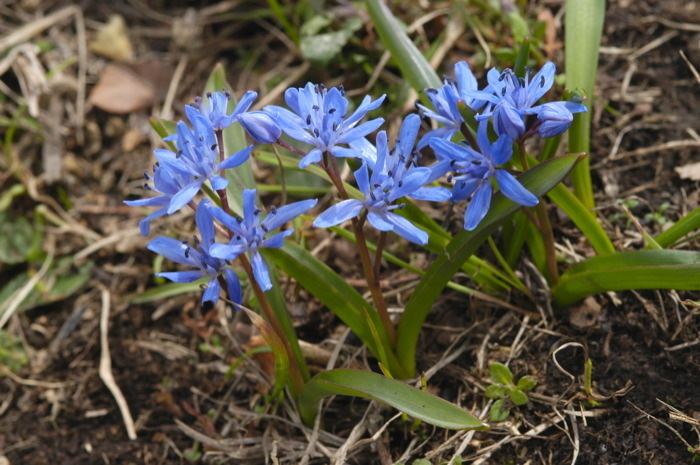 | ||
Similar Scilla, Scilla siberica, Chionodoxa, Leucojum vernum, Scilla peruviana | ||
Scilla bifolia
Scilla bifolia (alpine squill or two-leaf squill) is a herbaceous perennial growing from an underground bulb, belonging to the genus Scilla of the Asparagaceae family.
Contents
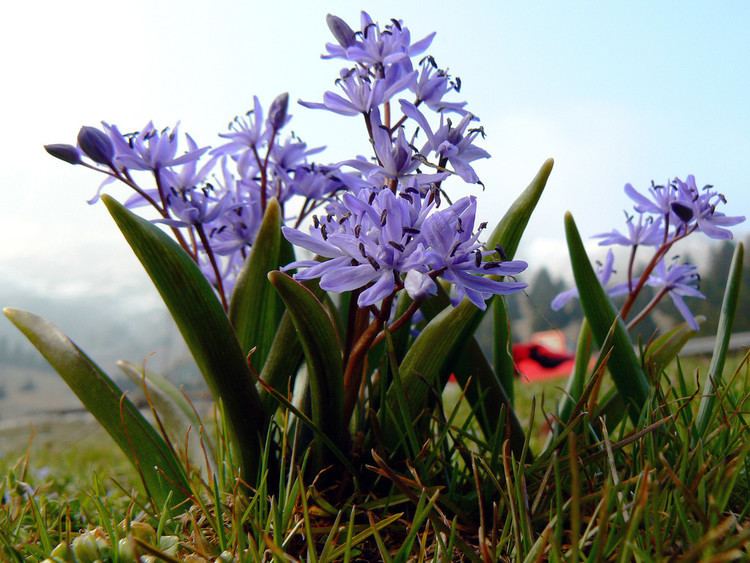
The specific epithet bifolia means "twin leaved".
Description

Scilla bifolia grows from a bulb 1–2 cm (0.4–0.8 in) across. There are two or rarely three lance-shaped, curved, fleshy and shiny leaves The bases of the leaves clasp up to about the half of the stem (amplexicaul).
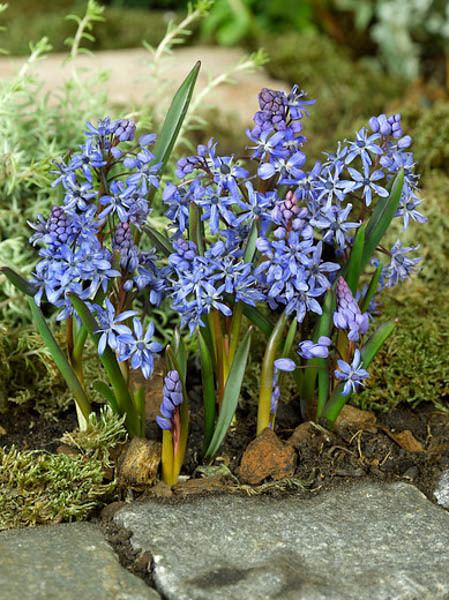
The flowering stems are erect and unbranched, 10–20 cm (4–8 in) high. The raceme bears 6-10 flowers, each 1 cm (0.4 in) across.
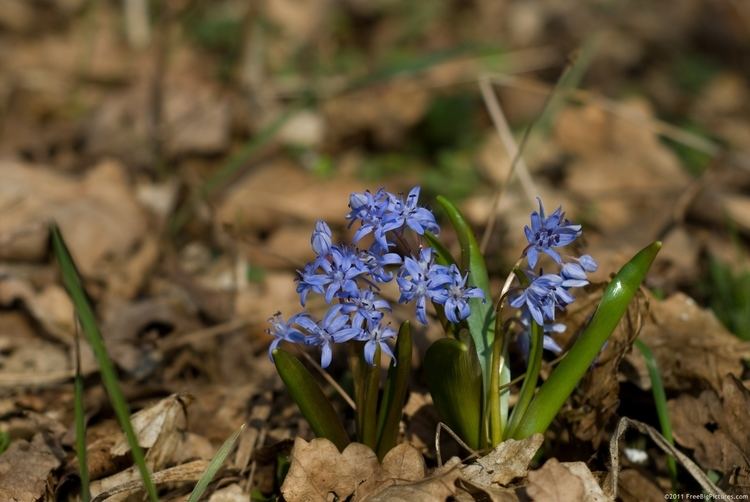
The flowers of Scilla bifolia are upward-facing, unlike the nodding flowers of Scilla siberica (Siberian squill). They bloom from early to late spring. The six tepals are deep violet-blue, more rarely white, pink, or purple. The fruit is a capsule 6–8 mm (0.2–0.3 in) across.
S. bifolia has gained the Royal Horticultural Society's Award of Garden Merit.
Subspecies
The cultivated variety 'Rosea' has pale pink or white flowers.
Synonyms
Synonyms of Scilla bifolia include:
Distribution
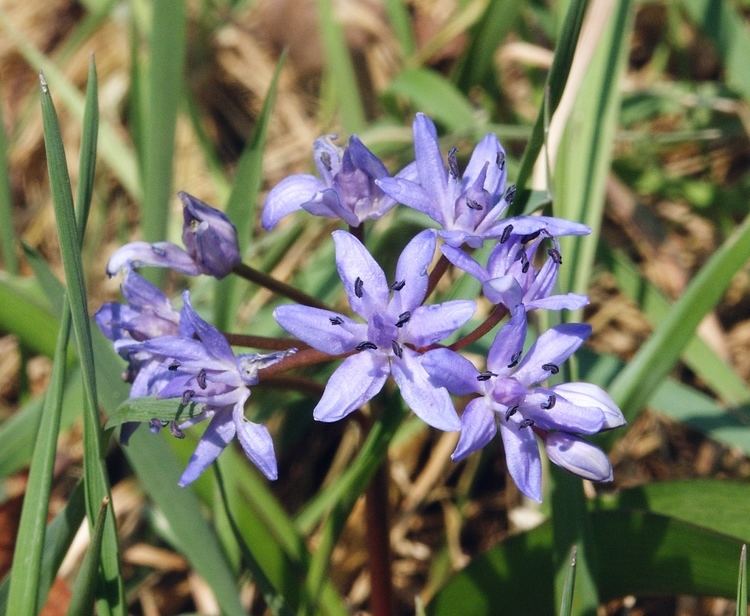
Scilla bifolia is native to Europe and western Russia south through Turkey to Syria. The plant is found in shady places, woods of beech or deciduous trees, and mountain grasslands. It grows at an altitude of 100–2,000 m (330–6,560 ft) above sea level.
